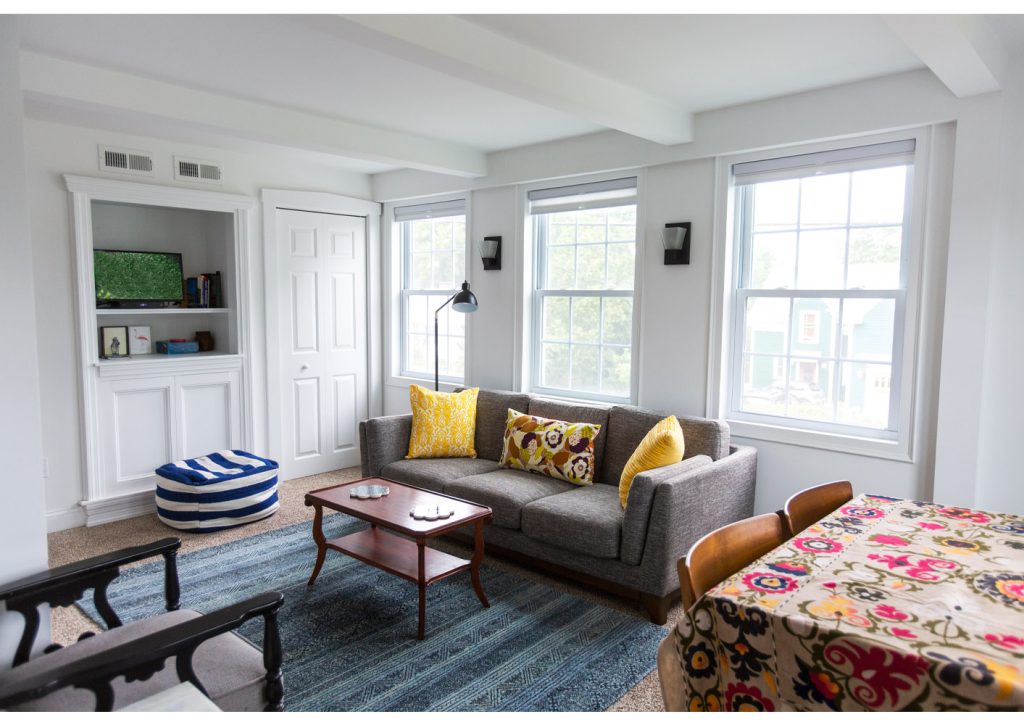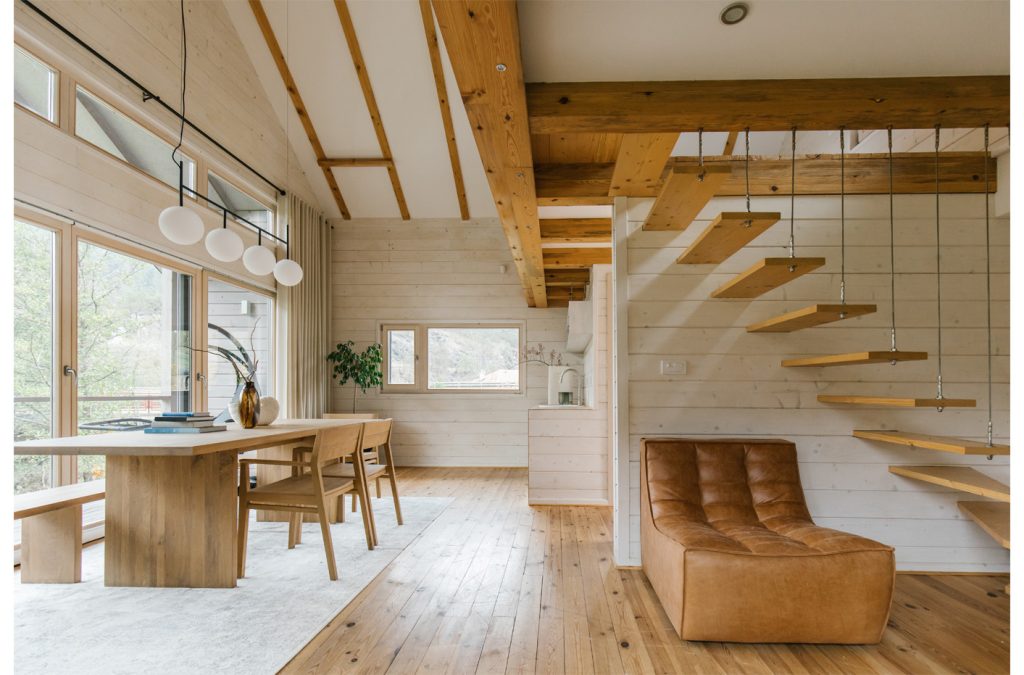The current state of the new-home economy tends to lean toward the bleak, with falling housing starts and declining builder confidence. But the remodeling market may be feeling the challenges a bit less. Though spending slowdowns are happening or anticipated, various indicators point to homeowners investing in their current houses and continuing with project lists begun during the pandemic.
The Joint Center for Housing Studies of Harvard University (JCHS) is predicting a steady downturn in home improvement spending throughout the next year, Pro Remodeler reports, with year-over-year spending expected to grow just 6.5% in Q4 2023 versus an anticipated 16.1% growth in Q4 2022. Factors driving these expectations include a drop from unsustainable growth during the pandemic, higher interest rates, and higher prices for materials and labor.
Despite these contractions, reports from the field paint a picture of continued, if more measured, investment in the remodeling market, both DIY and professional.
The U.S. Remodeler Index by John Burns Real Estate Consulting dropped from 65.7 in Q2 2022 to 62 in Q3, but remains above the index’s growth indicator line of 50. Among the report’s key takeaways, Qualified Remodeler said, is a 4.9-month average backlog among remodelers, with 56% of survey respondents having at least four months of in-progress or planned projects. Supply chain issues are improving, remodelers said, but most also said that customers are downgrading to stay on budget amid pricing concerns.
Lowe’s also conducted a survey of home improvement professionals. The Pro Pulse Survey found that pros remain optimistic despite challenges, and 73% of respondents expect to have more work next year than this year.
Homeowners Invest in Existing Houses
In a recent study of 4,000 homeowners by Houzz, only 1% of homeowners have canceled remodeling projects so far in 2022 and 23% plan to start a project in the next 12 months. “For many, conditions like limited choices of available homes and rising interest rates are driving them toward renovations and improving their current home, since the cost of moving into a house that fits their current needs has become so expensive,” said Marine Sargsyan, Houzz staff economist. “Moreover, more than half of the homeowners we surveyed have no intention of selling or moving out of their current residences in the next 20 years — or ever.”
Exterior updates and “bringing the outdoors in” were among the projects taking priority.
The Houzz study also found that 91% of homeowners planning remodels plan to hire a professional. Though the report didn’t indicate, this could be due to some DIYers reaching the end of their pandemic to-do list of items they can perform themselves.
With some positive indicators, it’s perhaps no surprise that both Lowe’s and The Home Depot are “faring better than expected,” according to CNBC. “Home Depot financial chief Richard McPhail pointed to an ‘improve in place’ mentality among current homeowners, who might have wanted to sell but changed their minds because they could no longer command top dollar,” the website reported.
That’s reflected in the NAHB’s recent forecasts, as well. “The growth rate for improvement spending will slow due to declines for existing home sales,” Robert Dietz, NAHB’s chief economist, told CNBC. “However, an aging housing stock, work-from-home trends, and a decline for household mobility all favor remodeling spending.”








